In March 2020, the University of Toronto moved to an entirely online/remote teaching environment in response to the global COVID-19 pandemic. Instructors, staff and students pivoted quickly and, for some, there was a steep learning curve. This Re:Think series focuses on instructor experiences – how they connected with students and colleagues, the creative ways they approached the transition, and the challenges they faced and resources they discovered while doing so.
Maggie Cummings, Assistant Professor, Teaching Stream, Anthropology at UTSC, participated in a year-long program, a partnership between the Centre for Teaching Support & Innovation (CTSI) and the Association of College and University Educators (ACUE). The program cohort experienced a two-day face-to-face launch in June 2019 and then worked online completing 25 modules while also participating in a number of face-to-face workshops. Maggie completed the program as a student and received the Certificate in Effective University Instruction offered through ACUE and endorsed by the American Council on Education. We asked how her experience as an online learner and teacher will impact her online course design for upcoming terms.
How are you applying this experience to your online course design?
I love teaching in person; I loved being in classes (mostly) when I was a student. I never really understood why instructors would want to move certain aspects of the course online. However, I can now see more of the appeal: I liked being able to go back and watch the videos again; to be able to do things at my own pace, etc. And again, although I enjoy sitting in lectures, even long ones, I understand now why that doesn’t translate very well online. The fact that the ACUE modules had several shorter and varied videos to watch and respond to was more engaging than watching one long video.
I am currently trying to figure out how to break up the weekly content for my fall course into “bite-sized” chunks. But the one thing that was really missing for me, with the ACUE course, was the benefit of synchrony. So, I am also going to try to figure out how to have a mostly asynchronous class with some sort of weekly synchronous check-ins or discussion periods.
Given the challenges we all faced during this transition period, what are your key takeaways, especially concerning online design?
The optimistic answer to this question: students are WAY more comfortable online than I am (I’m not a luddite, but I also think of my offline and online lives as quite separate, while I think most of my students experience the shift back and forth more seamlessly). I moved all of the tutorials for my large lecture class to Quercus discussion boards during the transition, and I was impressed by the level and quality of student engagement. I am going to have to step up my own online-discussion skills to keep up. But this is definitely something that can be harnessed to maximize student engagement.
The less optimistic answer: I will put on a brave face and work hard to design the best online course I can, and there is obviously demand from students to try to move forward with the term as if things are normal. But, of course, nothing is normal, and the best laid plans may not work out due to unforeseen challenges. During the transition, I moved to an asynchronous model; posting lectures as a narrated PowerPoint; converting these to YouTube videos for those students who needed closed captioning or a transcript.
I knew that connectivity to a synchronous lecture would probably be an issue for many students. But many students found the files for the PowerPoint too large and watching the YouTube videos used too much data on their phones. I had to extract the sound files from the narrated PowerPoint and post those separately for some students. This was just a small glitch, but it shows how even our backup plan will need a backup sometimes.
Even less optimistic: I am not particularly prone to anxiety, but I am anxious about the Fall. I imagine many of our students will be as well. In face-to-face classes, I try to gauge how students are doing, generally speaking, either by observing, or just by asking them (there’s always a shift in the way that classes “feel” when midterm season starts, for example). This will be harder to do online, but so necessary. I think the starting point for humane online delivery will have to be assuming that everyone is struggling, in one way or another, and to never forget that when deciding on things like deadline, alternative assignments, etc. So, checking in with my students to gauge how they are doing, will be key.
At the end of the day, I enjoyed the ACUE course, but still prefer face-to-face learning (and I definitely prefer face-to-face teaching!). However, taking the ACUE course has made me (mostly) more optimistic about the possibility of creating engaging and effective courses online (At the time I didn’t pay a lot of attention to the material in the course that focuses on online classes, so I am basically in the process of “re-taking” the course now, reviewing the relevant material and glad that it is available to us).
The physical distancing period has made me realize that it doesn’t matter whether I like online teaching or not: I’m going to have to make it work, and I feel fortunate to have taken the ACUE course, which I really do think will help me make the transition.
























